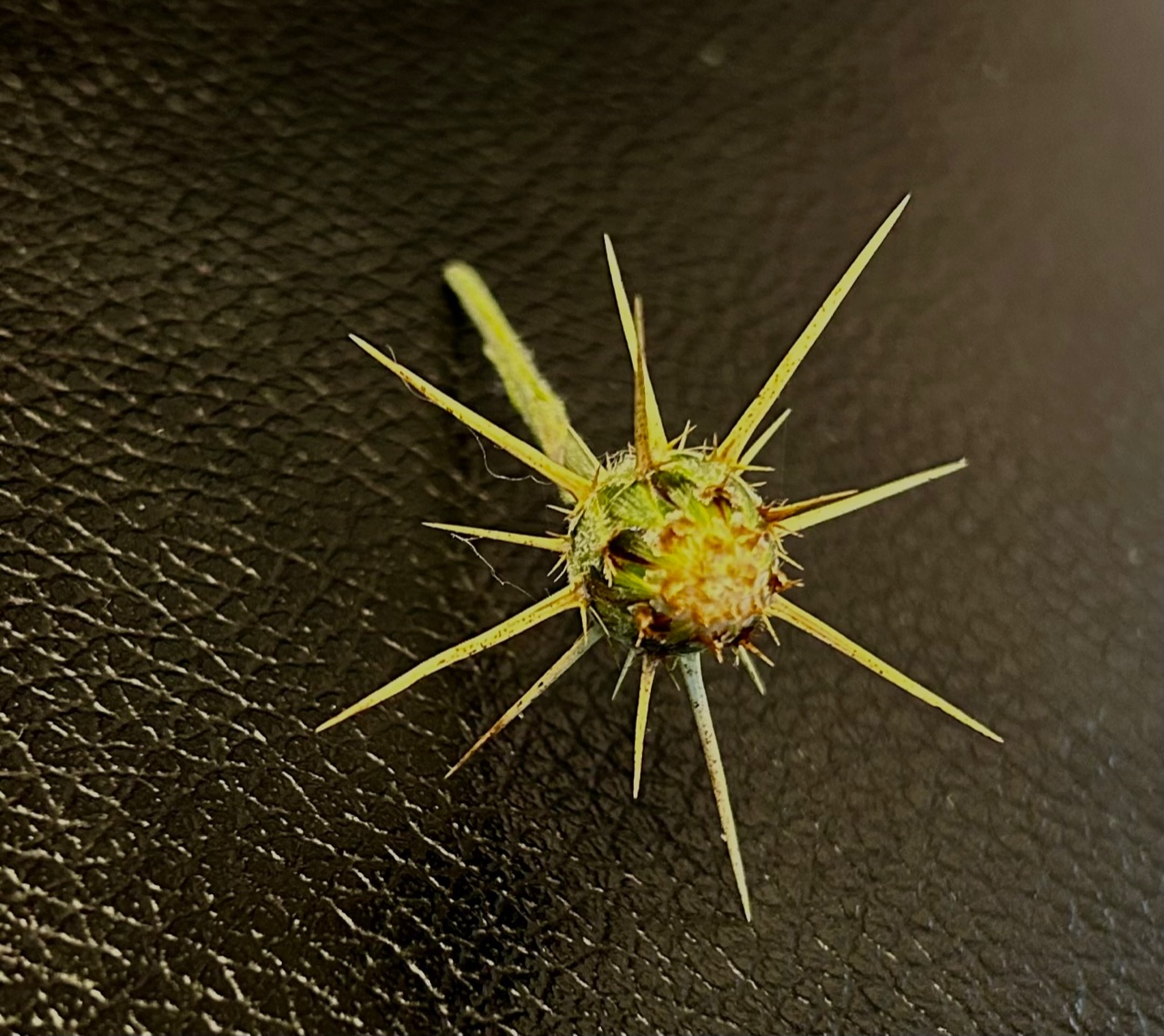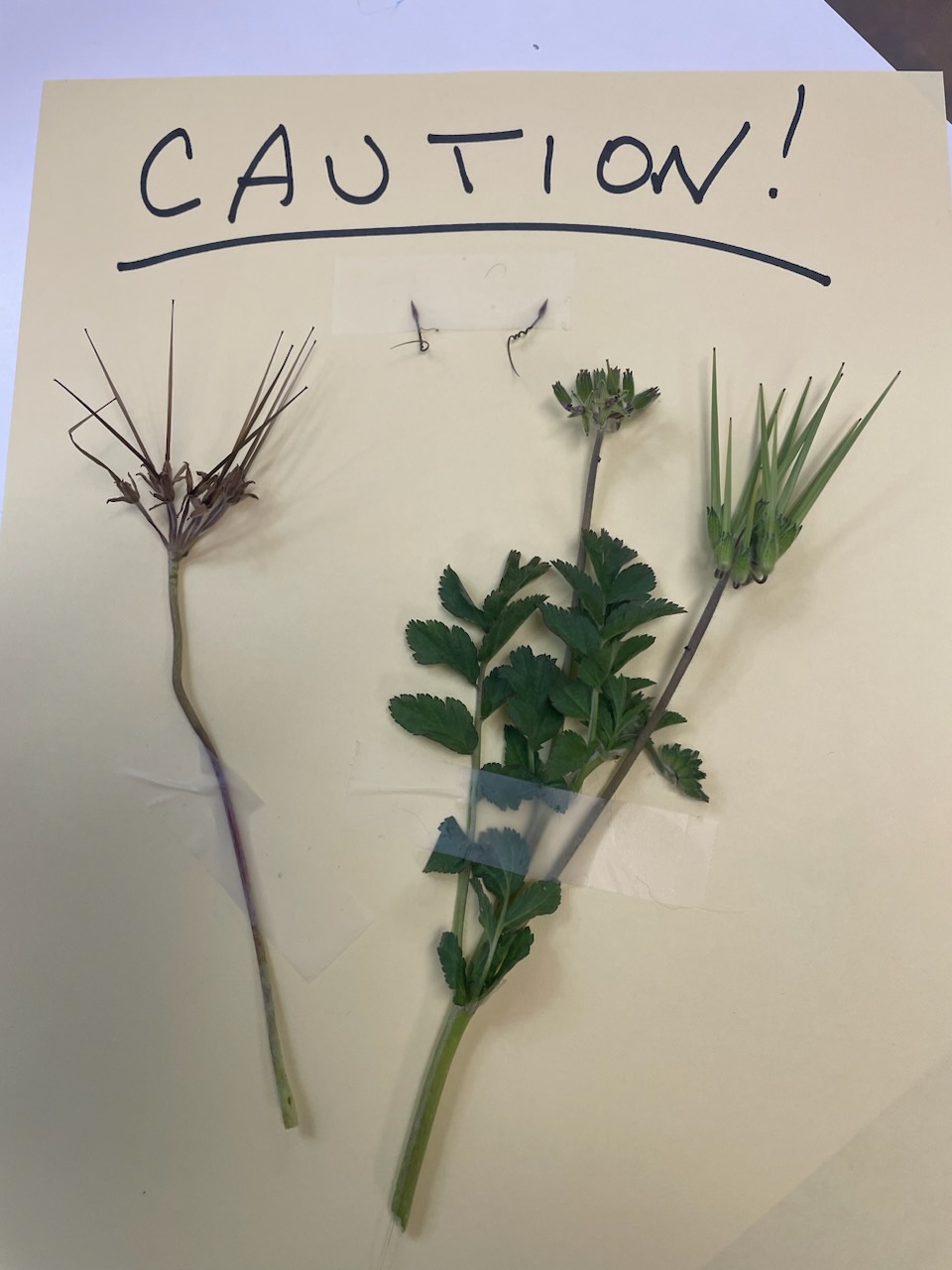That moment you dread—it happens. Your heart of hearts, your canine companion, is romping on the trail ahead of you, rollicking in the sunshine and wildflowers. He stops to sniff something along the trail. He sniffs a little too long, a little too eagerly.
Then, suddenly, he jumps back; yelping and making noises that cause your blood pressure to spike. Your heart races. You run to him. He is limping towards you with his left front leg held off the ground. There are two puncture marks on his front leg and you can hear the lingering rattle of the snake a few yards down the trail.
What do you do?
You’re a 30 minute walk from your car—should you run? Apply a tourniquet? Suck the poison from the wound?
None of those things.
The key to first aid for rattlesnake bites is to remain calm, and get your dog to the vet as soon as possible without running or panicking. Do the following:
1. Put the leash on him.
2. If he is small enough and you are strong enough, carry him.
3. Walk quickly but calmly to your car.
4. Avoid running, as that can cause the poison to disseminate further.
5. Do not apply a tourniquet—this can cause damage to the tissue from lack of blood supply.
5. Don’t waste time trying to suck poison from the wound—you can’t get out enough to make a difference.
6. Go directly to the vet.
7. If possible, call them in advance to let them know you are coming.
Most rattlesnake bites are not fatal so long as you seek out veterinary care immediately. The venom can do serious tissue damage, but the damage does not happen immediately. So if your worst nightmare happens, take a deep breath and move swiftly but calmly to the vet—that’s the best thing you can do.










Leave A Comment
You must be logged in to post a comment.